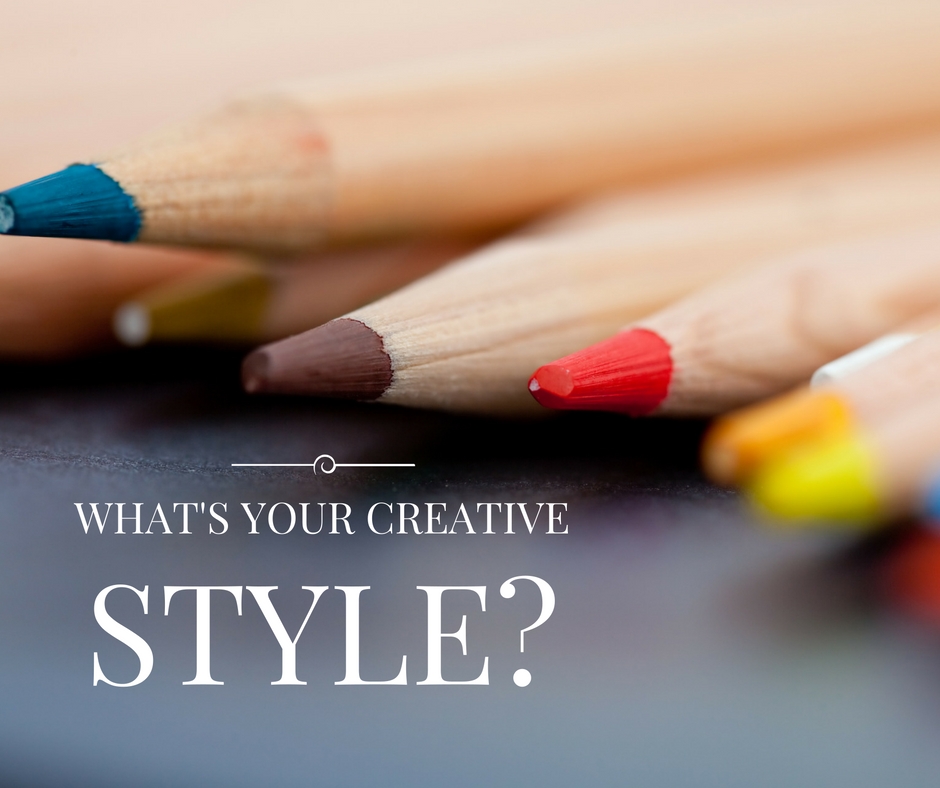
Creativity is like a fingerprint, unique to each person. And yet, there are also recognizable creative styles. Understanding our general thinking patterns can be very powerful. For one thing, when we notice our preferences, we’re more likely to also see our blind spots.
Recently, I took a course on creativity from the Great Courses Plus called The Creative Thinkers Toolkit. One highlight was the Creative Problem Solving Model, which identifies four steps to creative thinking. They are:
- Clarify: We sharpen our understanding of the problem so that our idea-generation energy is focused and effective.
- Ideate: We think widely to come up with many options (divergent thinking), and then choose the most helpful option to take forward (convergent thinking).
- Develop: We shape and refine our idea, adding layers and removing anything extraneous.
- Implement: We take action and bring our solution to life.
Most people are drawn to certain steps in this model and have blind spots in others. For instance, I’m an Ideator and an Implementor. My mind brims over with ideas and I often leap straight from enthusiasm into implementation. Were I to slow down and clarify first before brainstorming, or to develop my idea before implementation, I might improve the speed and effectiveness of my creative process.
People of varying creative styles approach the model differently. A structured thinker is likely to be methodical through each step. An intuitive thinker may not even realize there are steps through which she is moving.
If you’re familiar with the Writerly Play rooms, you’ll likely notice that the Problem Solving Model can be carried out in each room. For instance, if you’re in the Attic, collecting, organizing and choosing material, you might clarify what you’re looking for, generate ideas around the material available, add to and refine your idea to make it more solid, and then take action by putting your idea into words and/or images. Then, you’ll take the idea into one of the other rooms such as the Studio, where your Creative Problem Solving might focus on creating a first draft.
After learning about the Creative Problem Solving Model as well as encountering some fabulous material on Productivity Styles by Carson Tate, I decided to revise my Creativity Styles Quiz. I don’t have a lab coat or a two-way mirror, but I’ve spent a lot of time observing people of all ages engaging in creative tasks. Clear patterns for creativity styles have emerged from those experiences and my continued research. What I see most often are people who switch between a couple of these styles depending on the situation. Understanding which styles fit you best will help you better understand any sticky parts of your creative process. Like me, you may discover a few blind spots. By playing to our creative styles, we can choose strategies and tools that fit us and that also help us through any part of the creative process that doesn’t come naturally.
I’m excited to share this resource with you! Here’s the link to the creative styles quiz.

